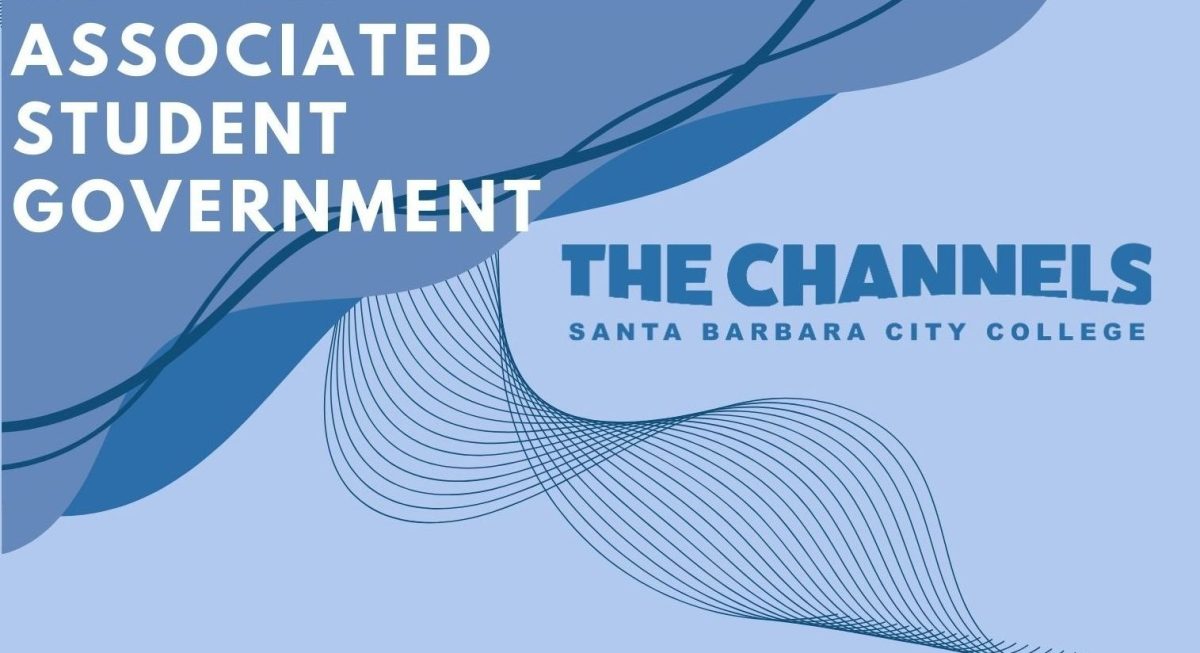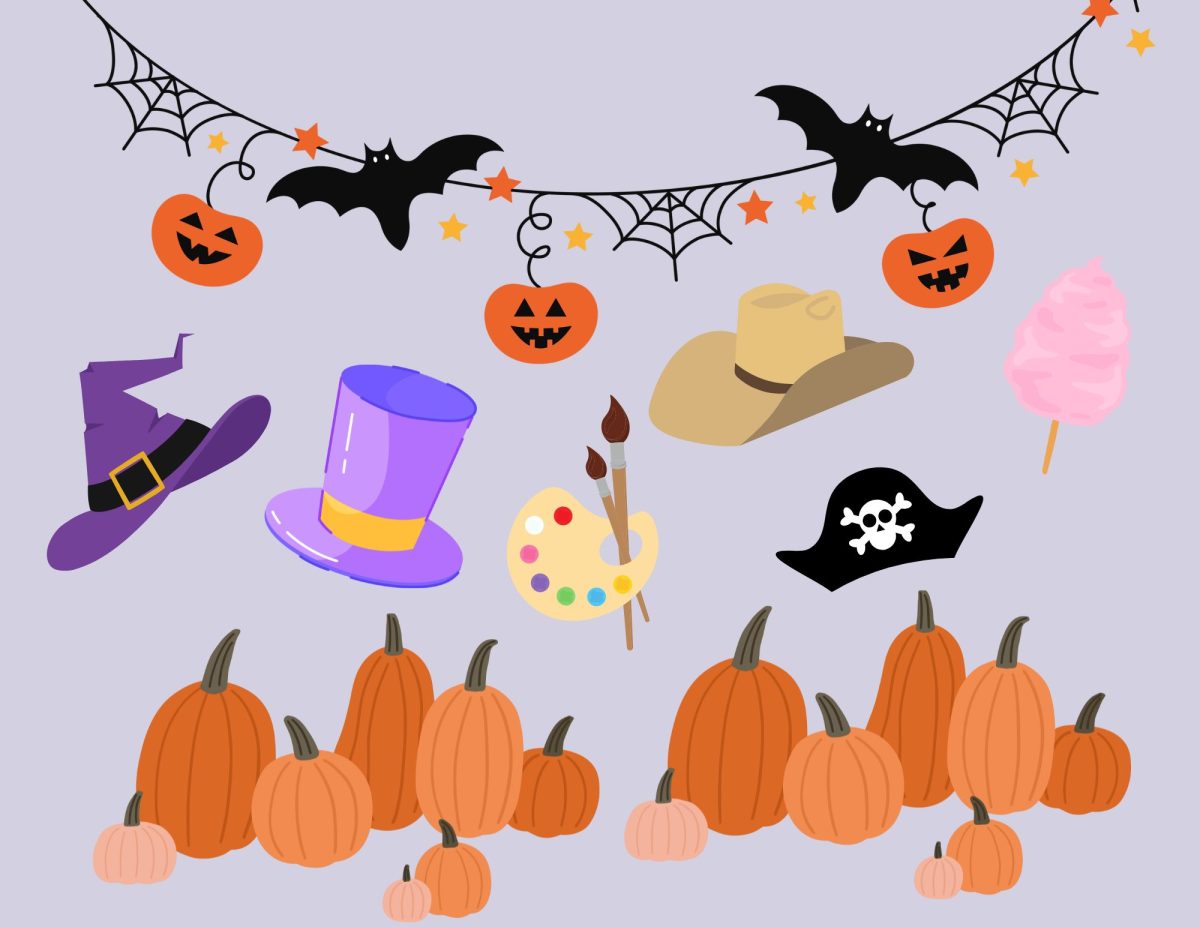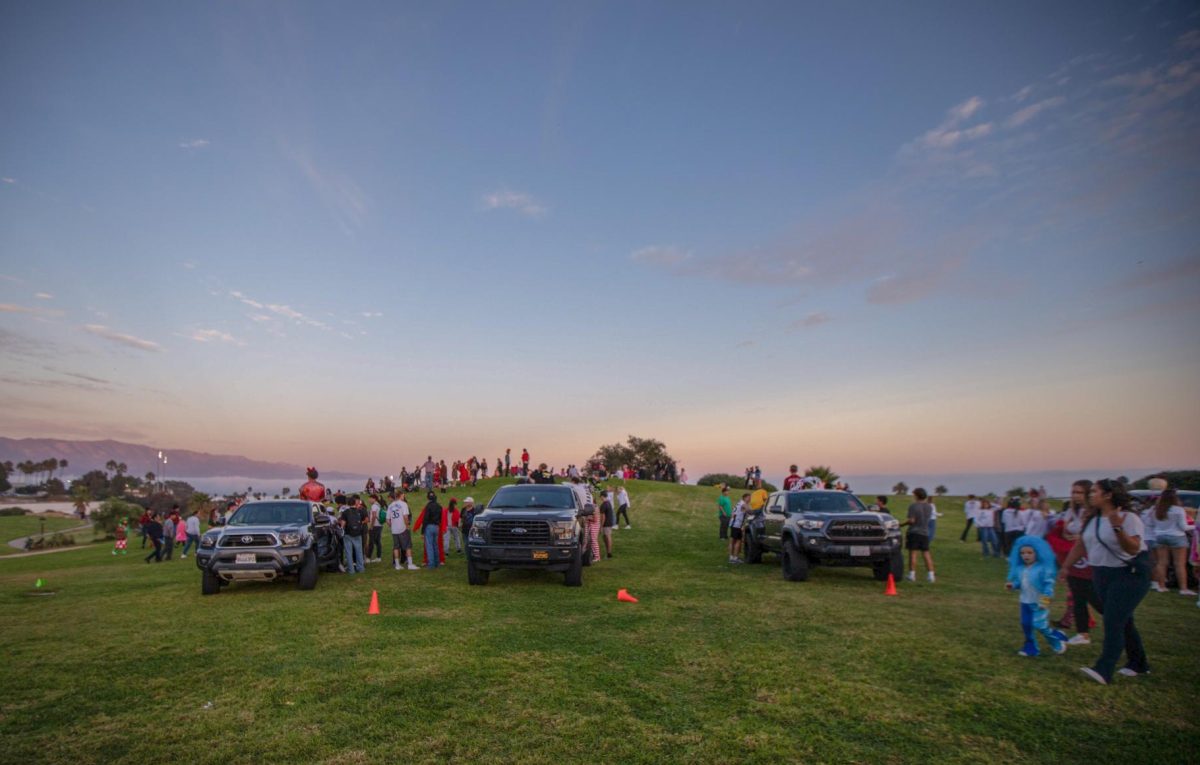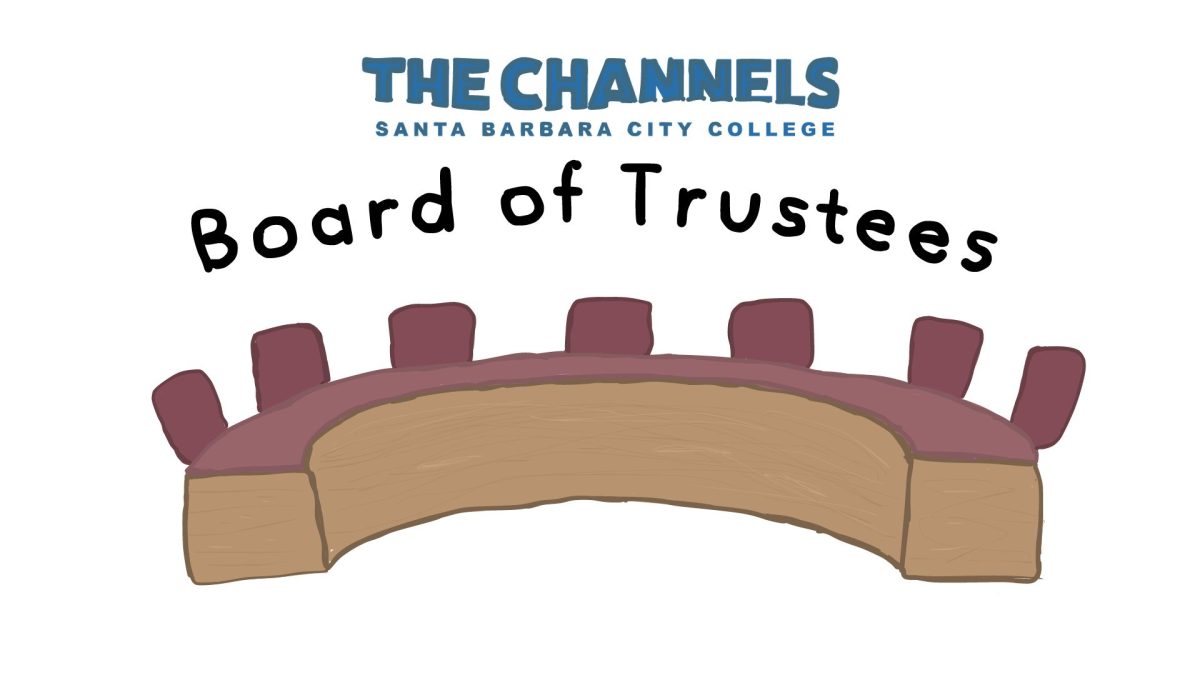Seven students from City College’s Art 133, “Intermediate Painting” class are having their work featured at the Santa Barbara Museum of Art’s “Master Class” program.
Rafael Perea de la Cabada, an artist of international reputation and the teacher of Art 133, was asked to choose seven students to have their work on display last spring.
Under Perea de la Cabada’s guidance, the students immersed themselves in the life and work of Mexican painter Gunther Gerzso for six weeks. Disappointingly unknown outside of his country, the bulk of Gerzso’s paintings deal with figurative and landscape abstract art, a major departure from the more familiar nationalist and muralist styles of Diego Rivera and David Siqueiros. His work was absent in the otherwise exhaustive Los Angeles County Museum of Art’s “Mexico: Splendors of Thirty Centuries” exhibition in the early 1990’s.
The museum does present a fascinating and exquisitely curated retrospective of his prolific career, along with the student’s counterpoint, “HardEdgeSoft.”
In a departure from the usual classroom learning process, Gerzso’s decidedly untraditional paintings came to offer a personal springboard toward introspection for the students. The goal was to be inspired by his artistic explorations rather than to copy. The small acrylic oil on canvas installations must be seen as a work in progress, imparting a transitional perception. Because of there only being one piece per student, one gains a limited impression of the artist’s abilities.
The exhibition is arranged in an L-shaped space accessed through the gift shop and across from the busy and distracting Zal’s Cafe. It is a pity that it was not installed in closer proximity to the spacious Gerzso galleries as it would have presented the viewer opportunities to explore and establish parallels.
Jeremy Pawlowicz’s horizontal brush in the layered “Adumbration” instills a feeling of motion reinforced by the uneven bluish border that is missing at the bottom. We have witnessed the end of a moment, with the light source seemingly beyond the reach of the canvas. The unpainted bottom frame draws the eye to ponder the two boxes juxtaposed underneath. Out of the orange box flow accordion cardboard pieces stapled haphazardly. The cool, purple box is locked with a shiny brass padlock, unable to yield its secrets.
Ashley Davenport continues the abstract exploration in “Untitled.” With no apparent brush strokes, she conveys the downward fluidity of streams of paint seamlessly merging until they reach a very bright line of demarcation and settle into a monochromatic, less buoyant purple.
In “The Painting with the Clock,” the eye of the female model, as well as our own, is transfixed by the cuckoo clock whose birds have left to populate the painting. Her oversized head and bulging eyes intensify the surprise. Rita Okusako’s second piece, “The Orange Painting with the Skeleton on it,” harbors ghoulish characters in a macabre dance with a bewildered skeleton. The orange hue and the accompanying wooden figure etched with thin black lines combine to give the effect of Halloween/Dia de los Muertos festivities more into tricking than treating.
More unbalanced are Rita Retz’ contributions. Her “…like the mountain and the singer…Gravity” is halved between a velvety red and a dark tone that takes over a green pane. Or is it the other way around? Either way, it is a conduit for a startling emotional connection that is the privilege of contemporary, icon-less art. The companion to this abstract piece is a voyeuristic assemblage of discarded personal effects, suspended behind a clear Plexiglass as if a cutaway view of a wastebasket. “…like the mountain and the singer…” lacks the gravity and stability of its neighbor.
Rounding up the exhibition are three anatomical renditions bathed in a surreal light against a gloomed background that frame Jay Redig’s sketchbook, and three poor quality stills from a feature-length film the students jointly produced. The latter are credited to Stanley Boydston and Jonny Troyna. The film is not yet finished, having proven to be a more daunting undertaking than estimated.
Student impressions
Benoit Lebourgeois, Arts Editor
December 18, 2003
Story continues below advertisement
More to Discover







